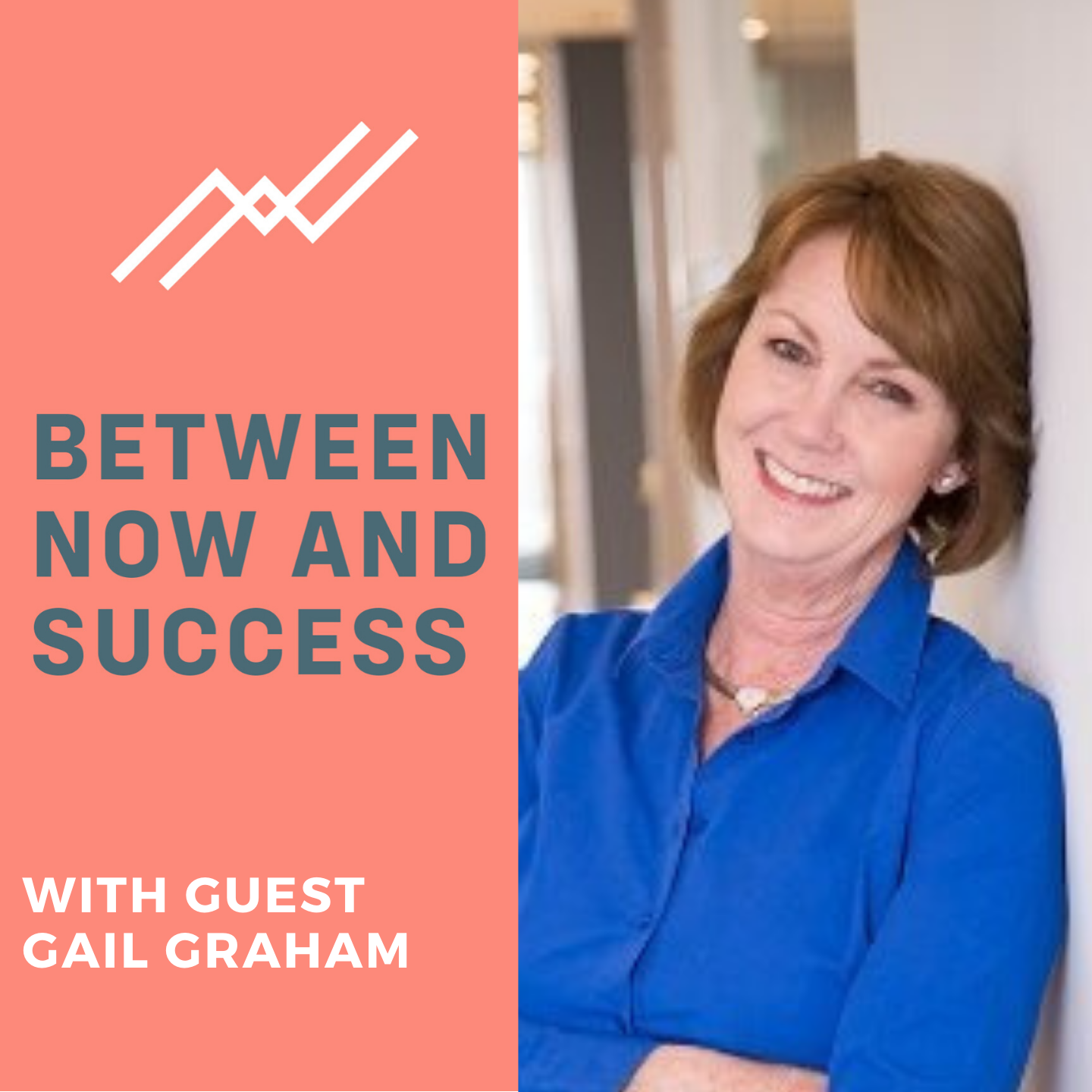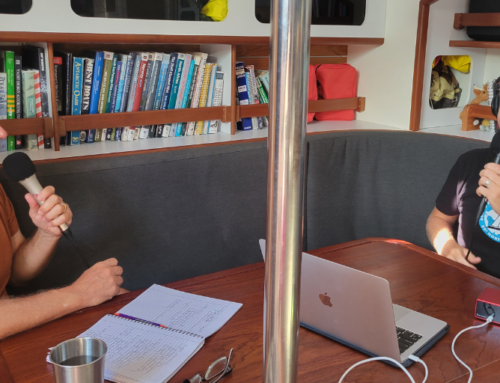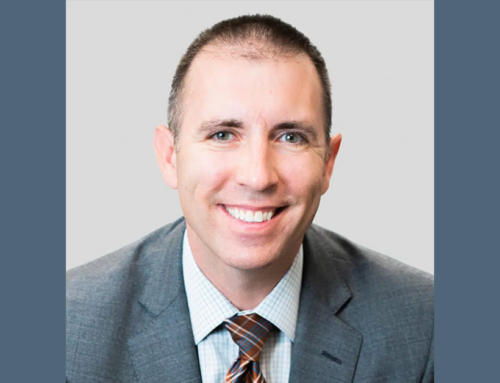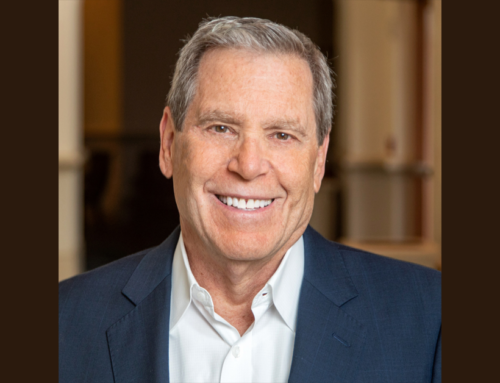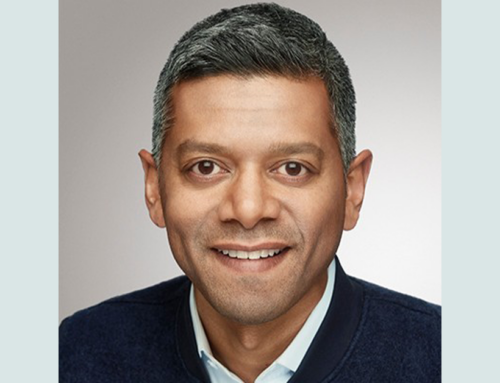Gail Graham is one of those rare people who have worked in the top echelon of two major companies–Fidelity Investments and United Capital–and helped shaped their strategies that led to massive growth and industry accolades.
Today, Gail is the founder of Graham Strategy, and works with companies to figure out where the gaps are between their strategy and how they’re running their company.
On today’s show, Gail and I discuss the evolution of advisor marketing and offer some advice on how to fill the gaps in your marketing, content, and advisory strategies to grow your business. It’s going to be more and more important that advisors build not just a practice, but a distinct brand that communicates who they are and what kind of services they offer (i.e., messaging). Gail’s tips will help you stand out in the crowd, generate more leads, and endear clients to your firm.
To continue reading the rest of this post, please register below with your email address.
Here are key thoughts from Gail Graham on today’s best marketing strategies:
1. Big, small, or in-between?
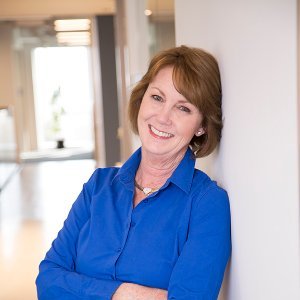
Gail Graham: We need to move back to making that personal relationship really tangible and valuable for people because that’s what they’re paying for.
One key question financial advisors need to ask themselves is, “What is my business model?” There’s no “one” right model that will fit everybody. You’ve got to figure out what will work for you based on how you want to work and the types and needs of clients you want to serve.
For example, Are you going to operate in the Betterment mold, offering basic investment services in a scalable way to the mass market? Or are you trying to operate more like United Capital, harnessing digital technology with a life planning tilt? Maybe you’re a traditional, face-to-face advisor, content to offer planning and asset management services for 100 – 150 clients?
Decide now on your model before you get rolled over by the national RIAs and Vanguard and Schwab.
2. Stand for–and against–something.
The traditional advice of “invest for the long-term, be diversified, have a plan, etc.” is accurate but it’s not going to get anybody to pay attention to you. Work the extremes in your marketing. Gail thinks it’s important to “have an opinion. Be willing to stand for something.” It’s a lesson she’s paraphrasing from one of her favorite business books, “Eating the Big Fish,” which advises smaller companies to think like challengers and develop strong brand identities that can reinvigorate both your business, and your message to potential clients.
And let people know what you are against, too. Potential clients want to know that you have a point of view, that you stand for and against things, and that you have a belief system that powers your work.
3. “Chicago” is not a niche.
Gail recalls one consultancy client with whom she really struggled. “I kept pushing them to tell me who their ideal clients were and who they went after,” says Gail. “The person kept giving me geography,” in this case, the entire Chicagoland metro area.
Whether you’re operating in a big city or a small town, your location is just that: a location. It’s unrealistic and unproductive to waste your time and resources trying to cast a net as big as your metropolitan statistical area. When considering financial advisors as prospective consulting clients, Gail looks for “positive arrogance.” “It’s a credibility-builder in my mind, when I meet someone who says, here’s what I’m good at,” says Gail. The prospects you target in your niche will feel the same way.
4. Know your clients, and bundle your services accordingly.
According to most data, the long-predicted plunge in advisory fees hasn’t happened – yet. But automated trading isn’t going anywhere, and the tech behind it is only going to get smarter, and cheaper.
So how do advisors prepare their services for some big, inevitable, and potentially business-threatening changes? “We just have to bundle it all very differently,” suggests Gail, meaning that even within their client niche, advisors need to focus their services, client by client.
Gail has found that the baby boomer generation is very responsive to advice from people they trust. If you continue to foster a personal relationship with your boomer clients, they will continue to value your advice, especially on issues related to their lifestyles.
Millennials are proving to be less tied-down to particular platforms, or particular people. They switch services quickly, especially if they feel like a competing product offers a better value proposition. Ironically, a lot of advisors try to appeal to millennials with tech, when in fact, they’re more likely to respond to that same relationship component that appeals to their parents. If always-connected millennials feel like your robo platform or app just feeds info they can find by themselves online, they’re not going to value you. Instead, Gail suggests explaining, “What you’re really paying me for is to care about you more than anyone else in your life cares about you and your money and how it affects your life and your family.”
5. Marketing is not for the weak.
What’s the biggest mistake financial advisors are making right now? “It’s weak messaging,” says Gail, and the low levels of trust in consumer polling for our industry seems to bear out that point.
So who are you? What do you offer that other advisors can’t? How do you earn the trust of skeptical prospects and turn them into longtime clients? As Ian Chamandy asked recently on this podcast, “Why should I choose you?”
No matter what kind of marketing platform you’re using right now, if you can’t answer those questions, “That’s money down the drain, to spend any time marketing when your message isn’t good,” says Gail. She shared more ideas on creating your messaging in a recent Financial Advisor Magazine article titled: DIY Marketing to Sharpen Your Message
6. Find your purpose, and you’ll find your brand.
If you’re struggling to find your niche and focus your message, Gail suggests writing out a list of bullet points that answer the following questions:
- What is it you do?
- What are the benefits you provide?
- What proof of those benefits can you show?
- Who is your niche audience?
- Who are your competitors, and how are you unlike them?
- Why should a customer choose you?
These bullet points will lead you to something better than a marketing plan – you’ll find your purpose. Gail believes purpose provides a clarity that will help you refine your niche, and the rest of your business. “The branding follows it and branding is everything, it’s not just marketing,” she says. “Branding is your communication, it’s your visual, it’s your marketing for sure, but it’s also how you run your business.“
7. “Social media is not free.”
“Marketing is an investment now,” says Gail. Even on “free” social media platforms, smaller firms are always going to be at a disadvantage against bigger firms who can spend more resources on things like Google AdWords or paid Facebook ads. And there’s another danger for those advisors who do decide to buy into those and other platforms for their marketing and content: RIA homogeneity.
“At some point, instead of being differentiators, we’re just going to get back to a place where advisors are all using the same tools and it’s no longer a differentiator,” warns Gail. “If everybody signs up for eMoney and has their fantastic portal does anyone have an advantage from having that portal?”
For Gail, it all comes back to strong messaging, and knowing your niche. Whether you are creating your own podcasts, videos, Facebook posts, and newsletters, or curating data-driven content with a firm like Vestorly, you have to appeal to the lifestyle concerns of your clients, and hopefully, entertain them a little bit. “It’s like how many of us are reading the great literature versus romance novels on the beach,” says Gail. “The truth is we’re reading the romance novels on the beach.”
Whatever demographics you focus on with your particular niche, that niche is still people. And the more you treat each client as an individual, empathize with their hopes and their hardships, and allow your clients to relate to you as a person, the more valuable you will be to each client.
“The heart and guts are the two more important parts right now I think in being an effective advisor,” says Gail. If you’ve spent most of your career focused on the head, the time to start adapting is now.
Resources
Connect with Gail Graham on LinkedIn
Values Clarification Toolkit Click here to download this FREE tool and start living your values.

